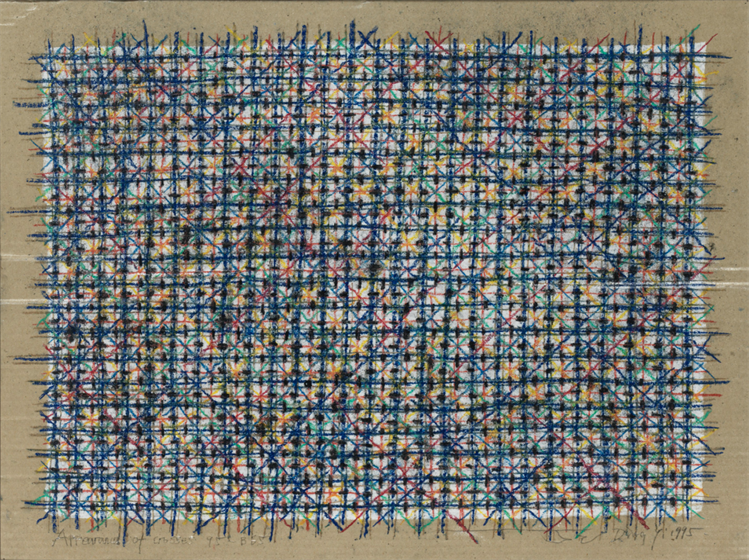Ding Yi
Ding Yi, born in Shanghai in 1962, is one of the most representative Chinese abstract artists. Since the late 1980s, Ding Yi’s paintings have used the character "十"(ten) and the variant "X" as his main visual symbols. The spiritualization method during the process of "Appearance of Crosses" is a connection with ancient Chinese tradition. Its essence lies in an oriental philosophical way of thinking, which is used in "insight", "meditation" and "contemplation". In "Wuwei"(a Taoist conception of inaction), there is more of a collection of contradictions, as well as the fusion of static and dynamic, cold and hot, simplicity and complexity, and sparseness and denseness.
Ding Yi’s works were selected for the 45th Venice Biennale, and have been collected by many private collectors and public art institutions, including the British Museum in, Pompidou Center, Berlin Daimler Art Collection, Shanghai Yuz Museum, etc.
Ding Yi, born in Shanghai in 1962, is one of the most representative Chinese abstract artists. Since the late 1980s, Ding Yi’s paintings have used the character "十"(ten) and the variant "X" as his main visual symbols. The spiritualization method during the process of "Appearance of Crosses" is a connection with ancient Chinese tradition. Its essence lies in an oriental philosophical way of thinking, which is used in "insight", "meditation" and "contemplation". In "Wuwei"(a Taoist conception of inaction), there is more of a collection of contradictions, as well as the fusion of static and dynamic, cold and hot, simplicity and complexity, and sparseness and denseness.
Ding Yi’s works were selected for the 45th Venice Biennale, and have been collected by many private collectors and public art institutions, including the British Museum in, Pompidou Center, Berlin Daimler Art Collection, Shanghai Yuz Museum, etc.



